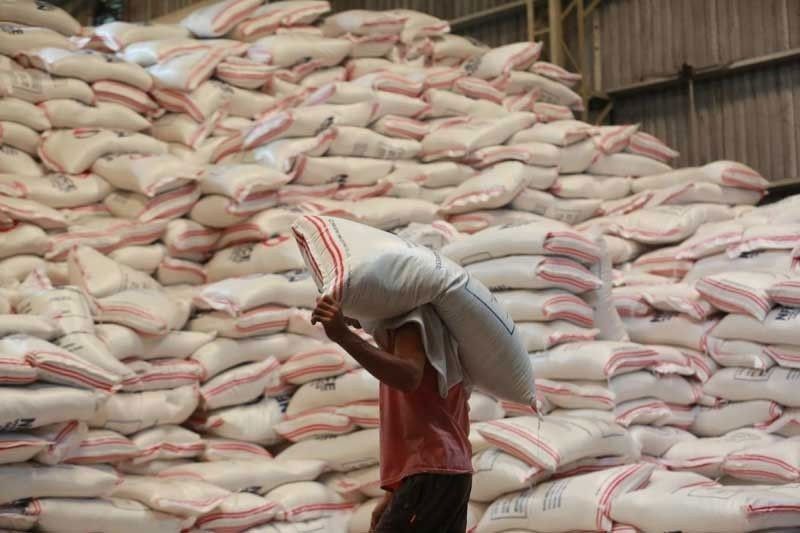Weak peso boosts rice tariff collections in 2021

MANILA, Philippines — Tariffs collected from imported rice posted a double-digit growth last year, partly thanks to a weak peso that offset the impact of falling global prices of the main staple.
The Bureau of Customs raised a total of P18.9 billion from rice tariffs in 2021, up 22% year-on-year, the Department of Finance reported Tuesday.
The amount collected surpassed the P10 billion mandated to be allocated to the Rice Competitiveness Enhancement Fund (RCEF), a pooled funding under Republic Act 11203 or the Rice Tariffication Law earmarked for projects targeted at improving local rice production.
Under the law, the government is allowed to redirect in other farm programs any windfall revenues from rice levies during the first six years of the law enacted last year.
The law met heavy criticism from agriculture stakeholders as many feared it would impair the livelihood of already-impoverished farmers. On the measure’s first year, part of the P12.3 billion generated under RCEF went to fund cash transfers to poor farmers. The Philippine Statistics Authority estimated that palay (unhusked rice) production increased 1% year-on-year in the final quarter of 2021 to 7.46 million metric tons.
Tariff collections rose last year despite a drop in prices of rice. The Food and Agriculture Organization, a UN agency, showed its global rice price index fell 4% year-on-year in 2021. FAO data showed grain prices have dropped in Thailand and Vietnam, where the Philippines secures the bulk of its imports, last year.
Jun Neri, lead economist for the Bank of the Philippine Islands, said the higher collection was “partly due to weak peso”, which nevertheless pushed up the value of rice shipments, the base over which the 35% tariff is collected.
“Tariffication works and that funds can be used to improve farmer productivity whereas no revenues prior to Rice Tariffication Law,” Neri said.
Losses from lower pork tariff hit P4-B
In the same statement on Tuesday, the DOF said Customs estimates that it had foregone P4 billion in revenues last year as a result of the presidential directives lowering the import tariffs on pork.
For pork imports, the bureau was able to collect P3.75 billion from April 9, 2021 to Jan. 28, 2022 from a total volume of 242 million kilograms. The national government allowed imported pork to surge in local markets in a bid to tame inflation after the African swine fever epidemic battered the local hog industry.
- Latest
- Trending



























